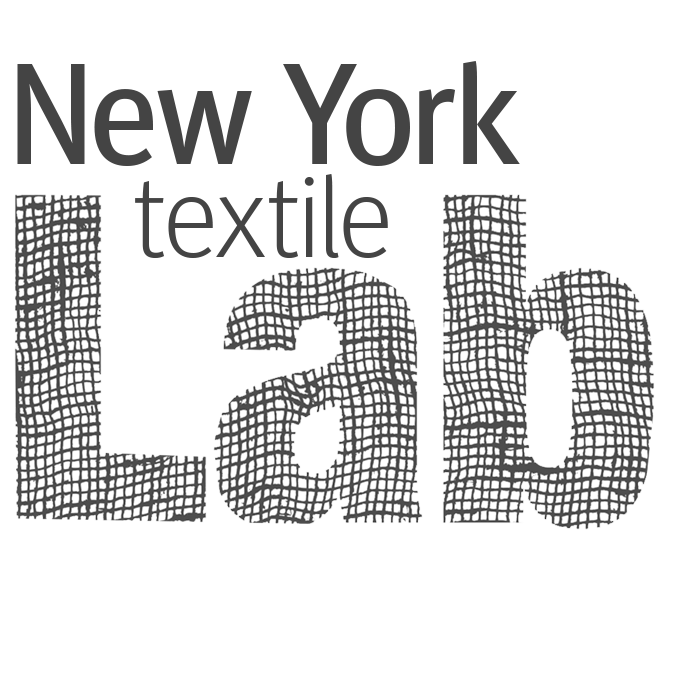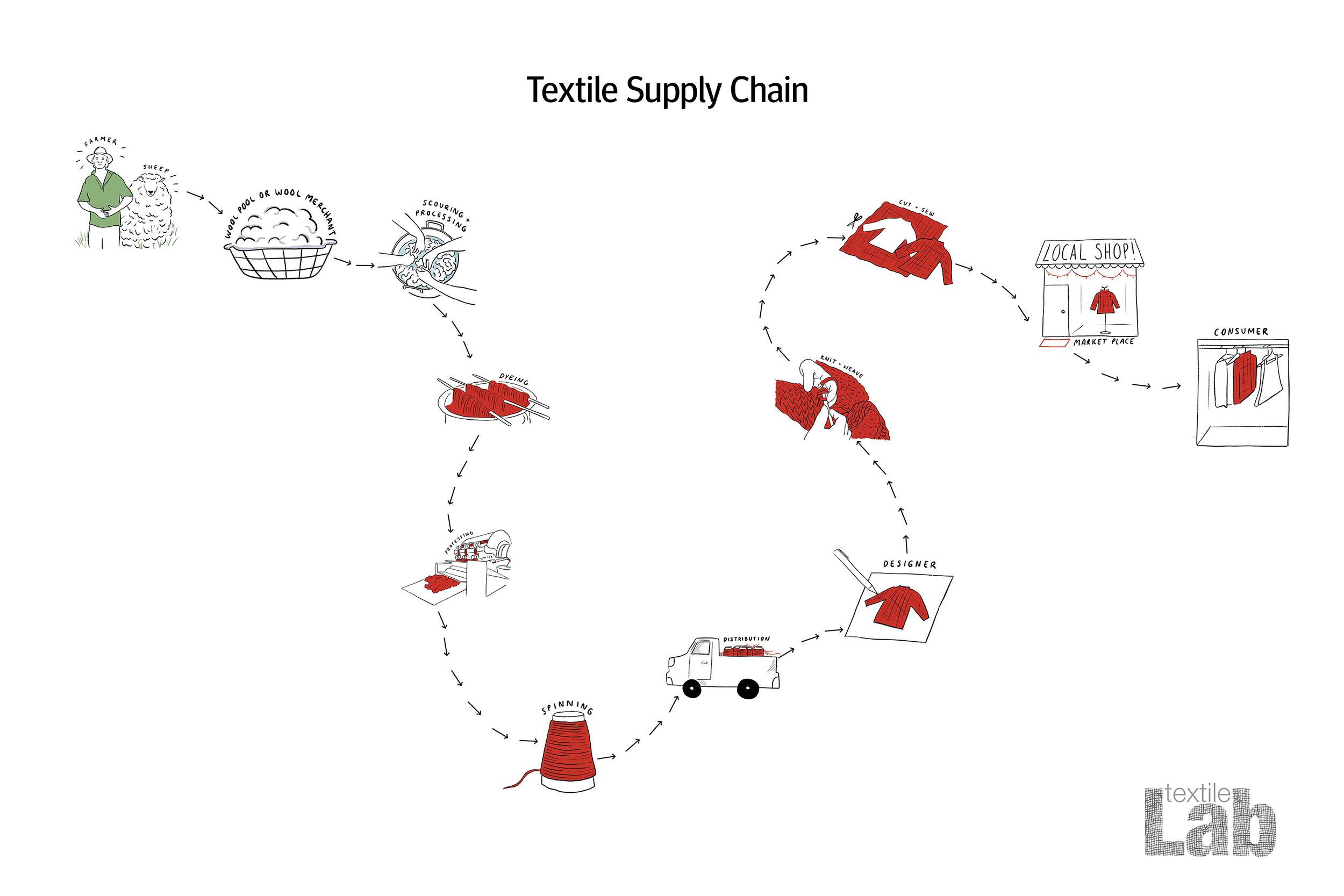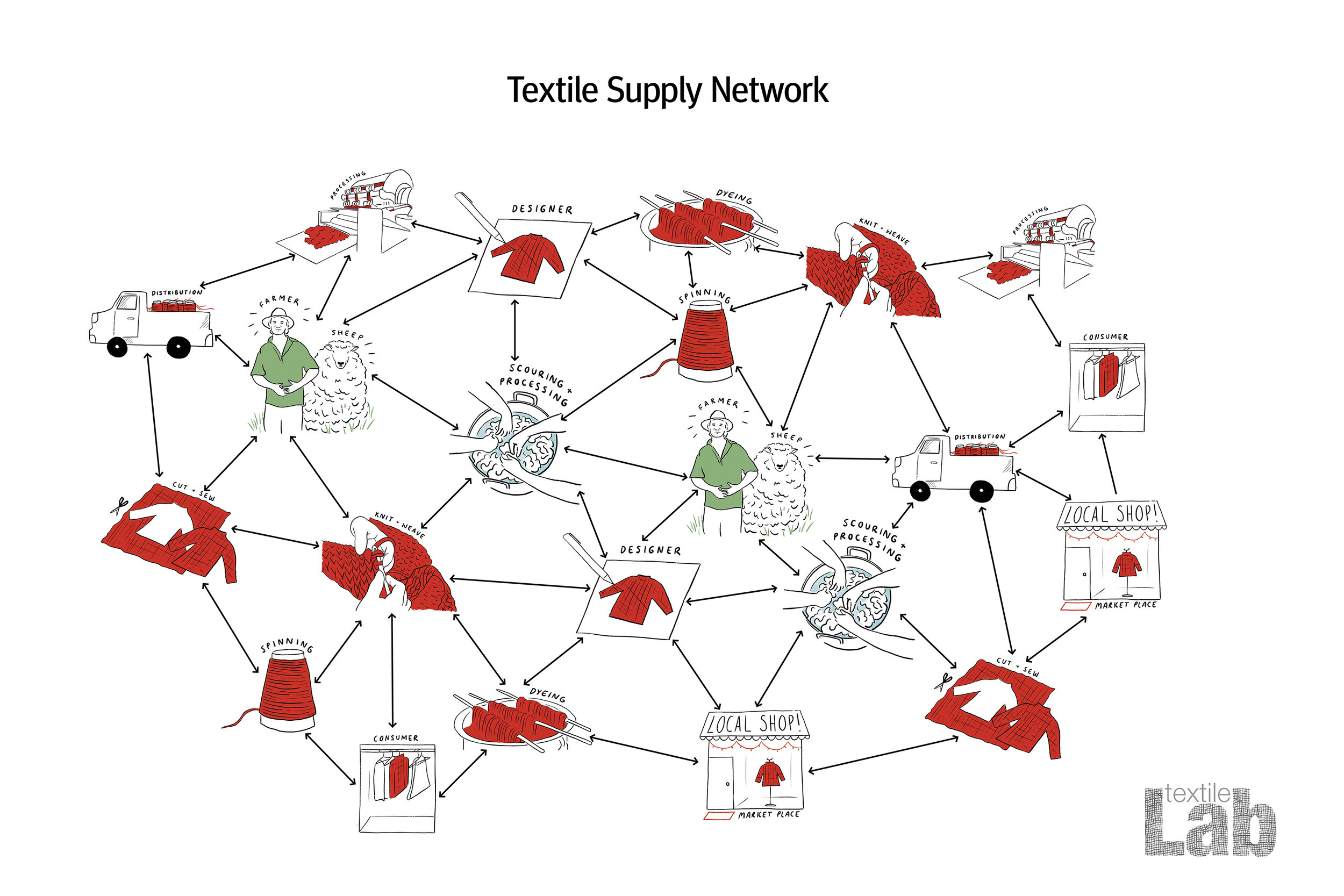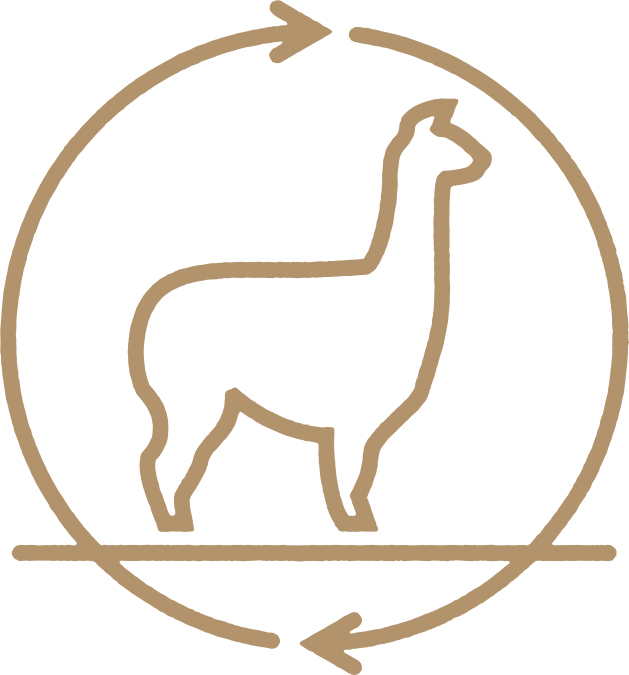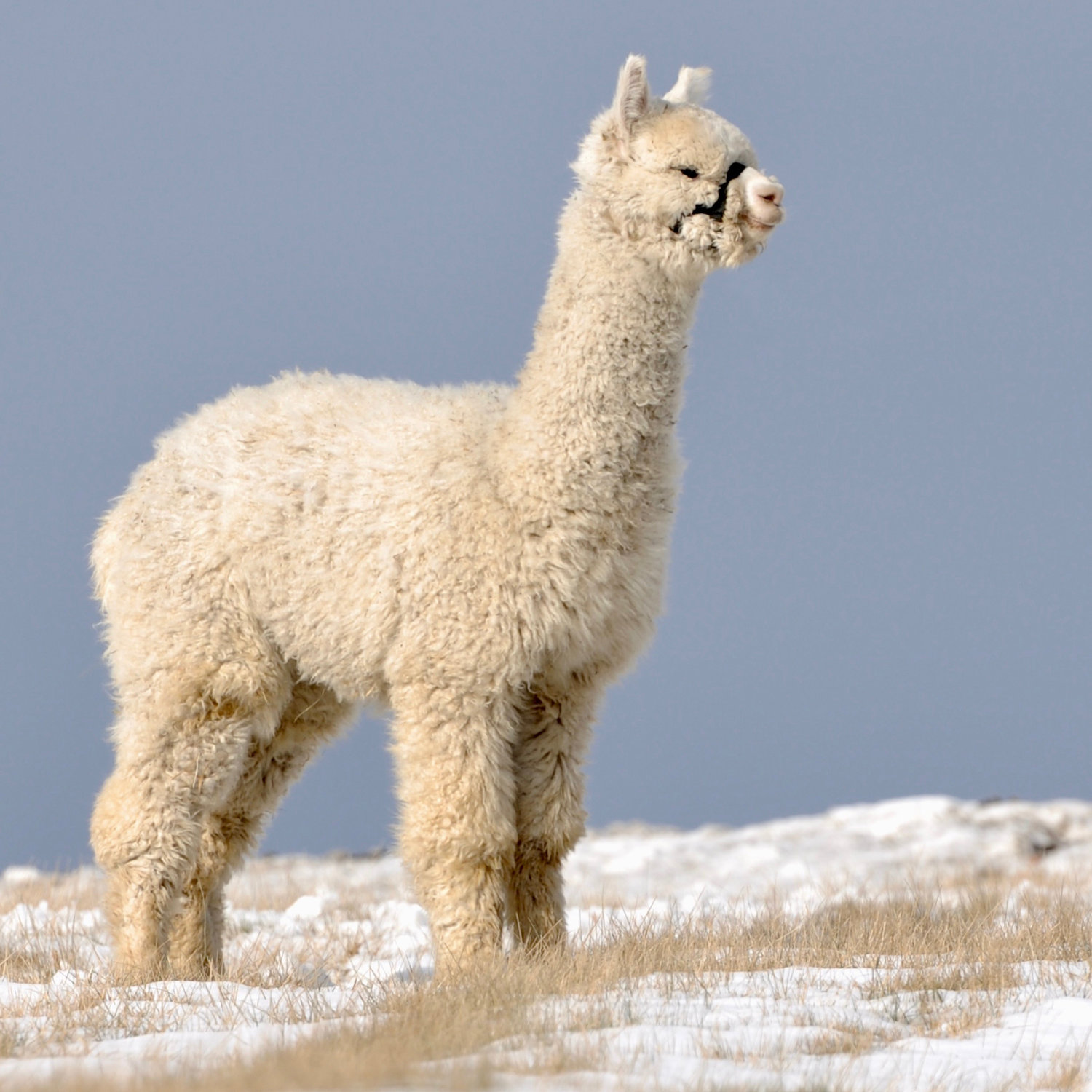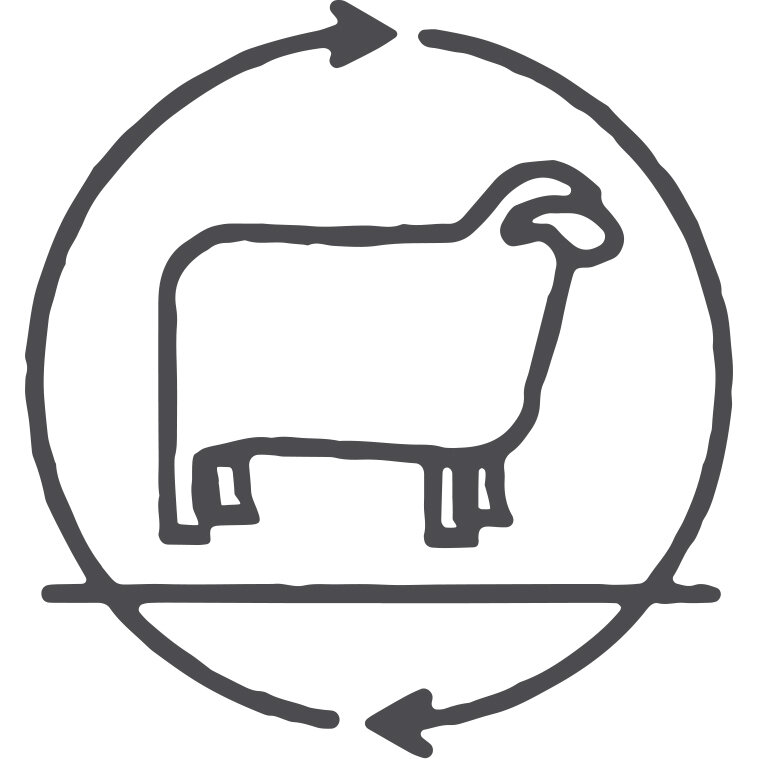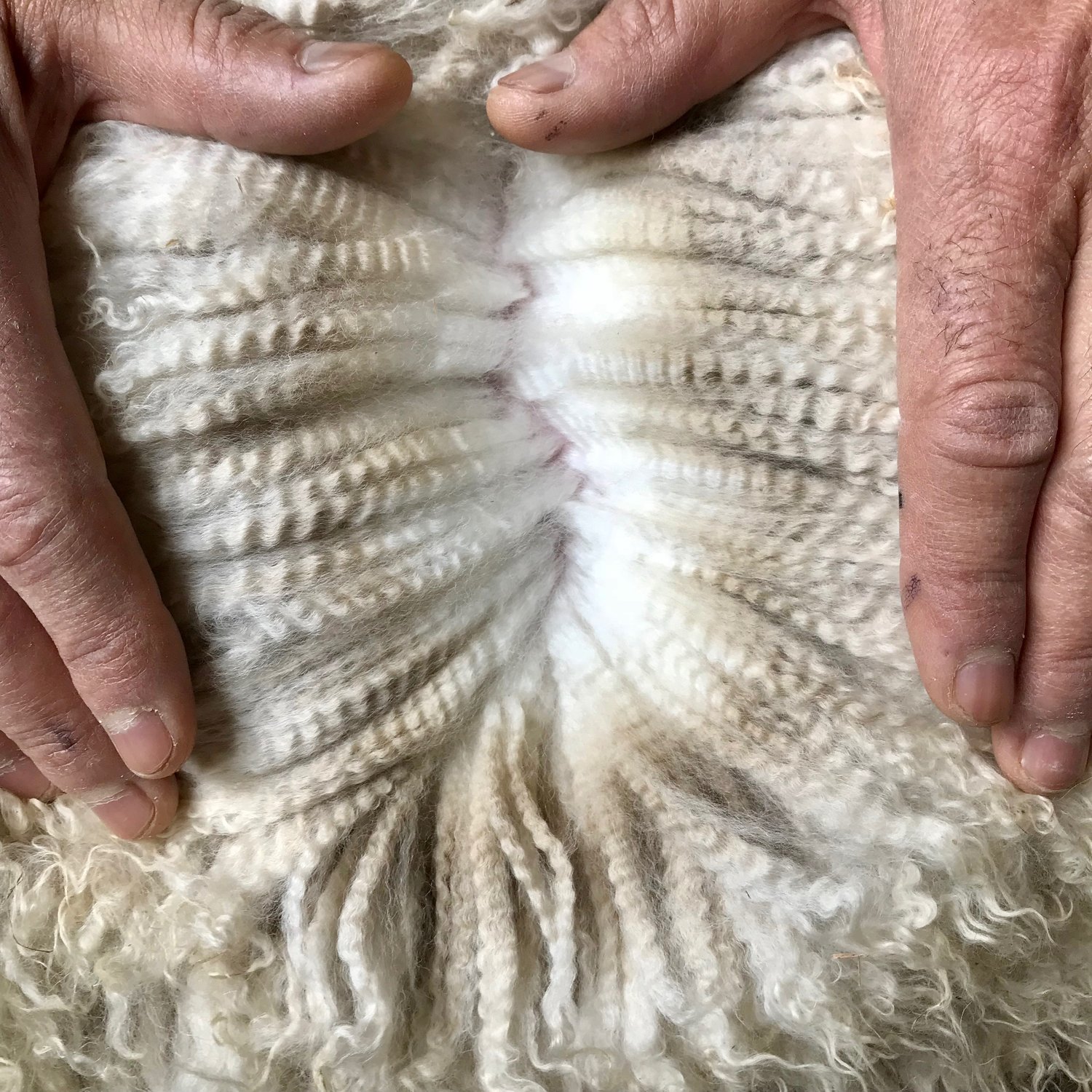Manifesto
I studied textiles in both college and graduate school just a few short decades ago. When I was a student we learned about the innate characteristics of fiber materials; the elasticity of wool, it’s tendency to shrink and distort, the tooth that one feels when you crush a piece of silk in your hands, and the enduring strength of linen when it’s warped onto a loom. But we didn’t really learn too much about exactly where the materials came from, particularly industrial textile materials and clothing. There was a glossed over mention of the flax plant, the sheep, and the silk worm, and there was little attention dedicated to the actual farm or the geographic region where these materials grow and the farming communities that cultivate them.
Today, as designers, it’s our imperative to share information about the provenance of materials and the socio-economic effects of manufacturing. Decades of outsourcing, agricultural revolutions, and trade polices have given way to a textile industry that is centralized and highly reliant on extracted resources. We have found ourselves in an industry that lacks diversity in material choices: we have seen polyester and cotton monopolize the clothing and textile industry for more than a decade, together accounting for 85% of world fiber production.[1] Economic diversity is also threatened, as large conglomerate businesses monopolize the clothing and textile industry influencing policies and outcomes for the benefit of profit alone.
A shift away from fibers reliant on petrochemicals and big agricultural systems to biodegradable materials like wool and other natural fibers that are cultivated on smaller farms can bring benefits. Some benefits include; better farming practices that have regenerative outcomes, reduced consumption of resources, and a focus on local jobs. These strategies bring both environmental and economic diversity and better stewardship to our biosphere.
At Textile Lab, we see a new textile economy where:
Members of decentralized supply chains work together to build an interdependent ecosystem.
Supply chains foster economic diversity rather than monopolies
We reject practices that rely on extraction and scarcity and adopt those that regenerate and sustain.
Material diversity is embraced and celebrated as necessary to balancing our ecosystems.
Community and cooperation rise above isolation and competition.
The creation of textiles and textile products, are built on social and environmental value, not just economic profit.
Women are treated with respect and are recognized as important partners in restoring homeostasis to our natural and human made systems.
1. Simpson, P. (2011) Global Trends in Fiber Prices, Production and Consumption, Textiles Outlook International, 150, p82.
